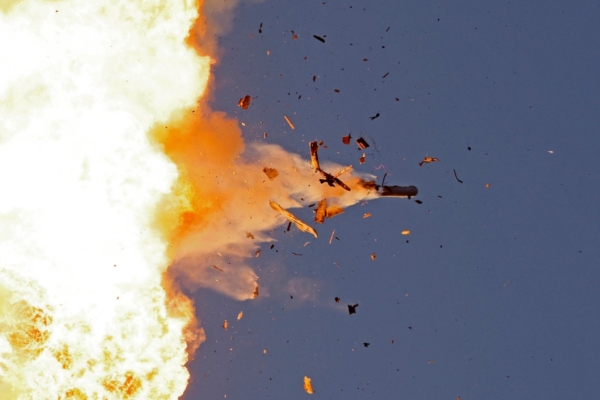After the leader of the Iran-backed terrorist organization Hezbollah, Hassan Nasrallah, was killed in an Israeli airstrike, one of Israel’s largest newspapers, “Today’s Israel News,” published an interview with the military personnel responsible for the historic military operation. The interview provided key details about the Israeli military operation.
Commander Amichai Levin of the Hatzerim Air Base and Lieutenant Colonel M. of the 69 Squadron, who led the attack, were interviewed. Lieutenant Colonel M., 37, had been commanding the 69 Squadron in Gaza for several months, engaging in clearance missions. He mentioned the squadron’s operations in various battlefields over the past year and recent attacks in the northern front.
Lieutenant Colonel M. described the preparations for the recent airstrikes, emphasizing the technical processes involving aircraft and weapons, as well as the readiness of the operational personnel. The squadron members, coming from diverse backgrounds, were meticulous in their planning and preparations.
Part of the personnel involved in the operation had recently completed training, showcasing a mix of regular and reserve service members, including some with over 50 years of experience. Lieutenant Colonel M. recalled the smooth execution of the mission, highlighting the thorough planning and precise implementation to target specific objectives in Beirut.
Following the successful return of the fighter jets, Lieutenant Colonel M. embraced key personnel before rejoining the mission, underscoring the continuous vigilance and dedication required in military operations. The 69 Squadron, known for its strategic importance in the Israeli Air Force, comprises warriors from various professions, half of whom are reserve pilots.
Commander Levin emphasized the extensive impact Nasrallah’s elimination would have on the region, pushing Israel closer to achieving its wartime objectives. He praised the exceptional cooperation between the Israeli military intelligence and the air force, noting the meticulous planning and execution of the operation over an extended period.
Levin credited the success of the operation to precise intelligence, synchronized ammunition deployment, and the unparalleled capabilities brought by the collaboration between the intelligence and air force units. He acknowledged the challenges posed by Lebanon’s air defense systems, which remained a focal point for the Israeli air force, continually targeting Hezbollah’s remaining capabilities.
Maintaining information security was deemed crucial throughout the operation, with meticulous coordination required at every stage, from intelligence gathering to potential rescue and intervention operations. Levin’s tenure as the commander of Hatzerim Air Base was relatively brief, having previously overseen combat plans at the air force headquarters.
Lessons from the Hamas attack on Israel last October prompted a strategic shift in Israel’s military approach, emphasizing proactive and assertive actions against threats. The strategic objectives of hostage release, dismantling Hamas, and ensuring northern residents’ security remained central to the military’s focus.
In light of these objectives, the military stressed the importance of delineating the northern and Gaza battlegrounds to achieve key strategic milestones. A senior Israeli official revealed that Nasrallah’s consistent rejection of diplomatic solutions and continued aggression necessitated his elimination.
Prime Minister Benjamin Netanyahu, addressing the United Nations General Assembly in New York, affirmed Israel’s unwavering commitment to retaliate against any attacks, underscoring the nation’s reach and determination in upholding security measures throughout the region. Netanyahu’s resolute stance reinforced Israel’s resolve to fight until complete victory is achieved, citing the necessity of defending national interests.

